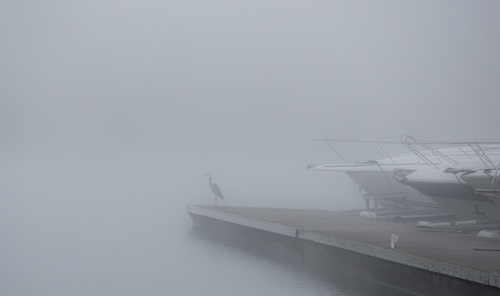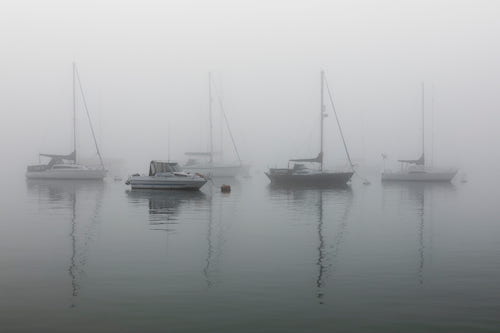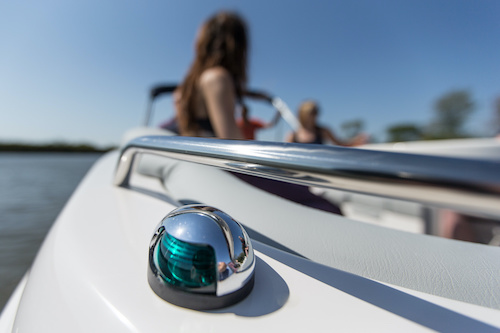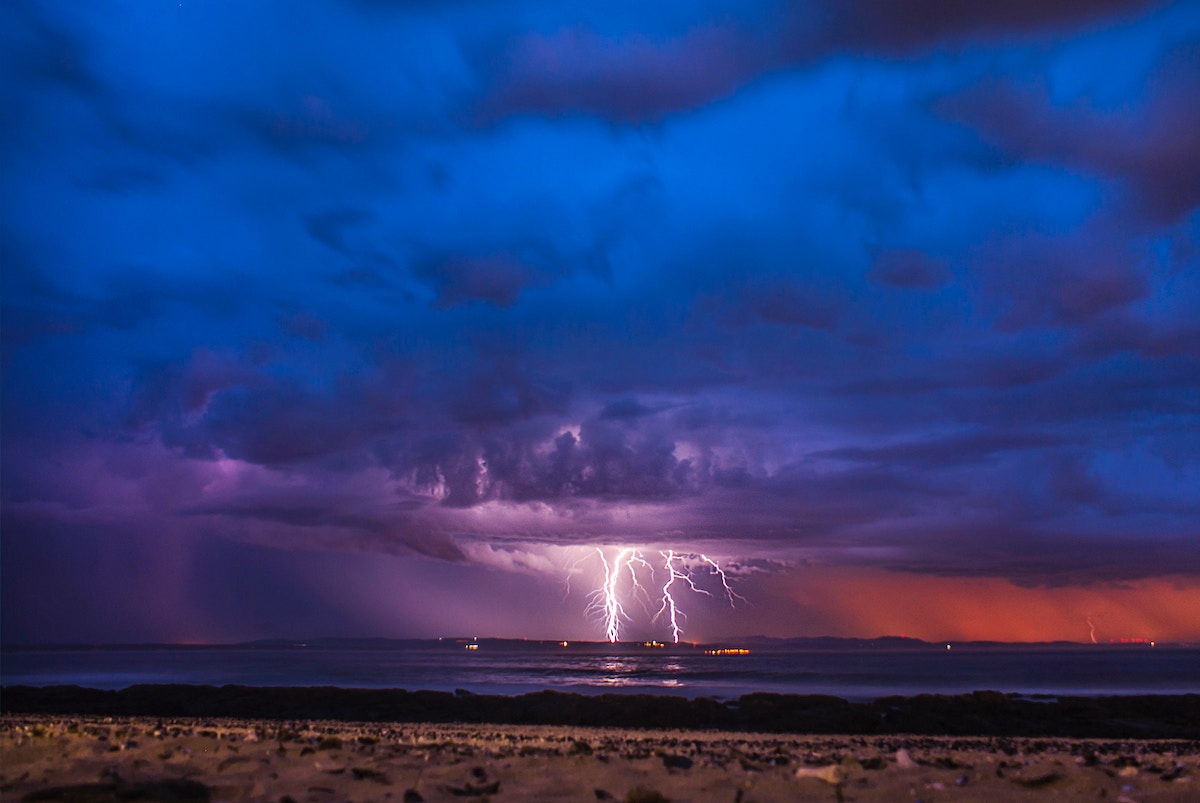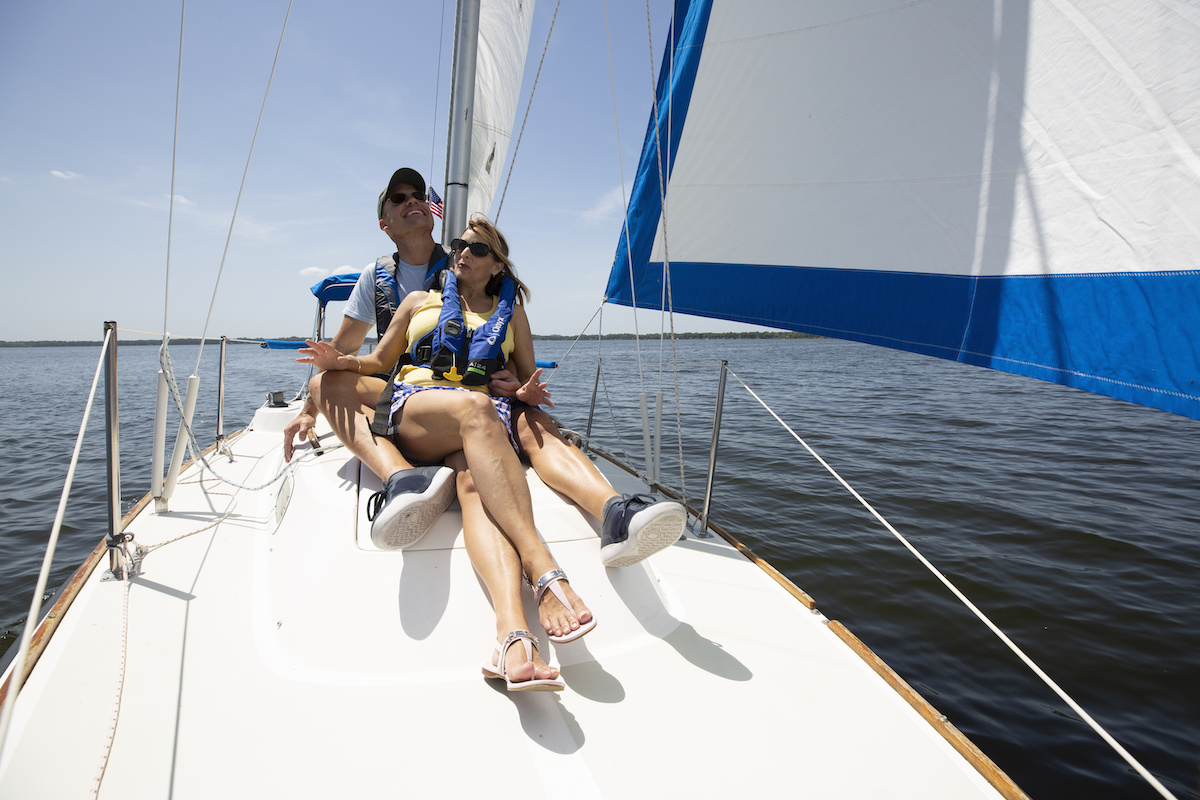Boating in fog with reduced visibility requires some special attention for boaters and sailors of all skill levels. Sometimes, unexpected foggy conditions can arise and make boating safely more challenging than it would normally be.
The main danger is the reduced visibility of fog. Along with blocking your vision, fog can cause sounds to bounce around and travel abnormally, making it challenging to figure out which direction they're coming from. Fog can also be very disorienting, and even with modern electronics, losing all sense of direction is possible.
So, how will you handle it? These tips are sure to help.
How to Boat in Foggy Conditions
1. Preparedness is Key
If the weather forecast includes fog or you arrive at the boat to see fog obscuring your views, leave the lines tied until conditions improve.
2. Slow Down
Any time visibility is reduced, you should reduce your boat's speed because you won't see obstructions, channel markers, or other boats until they're much closer than usual.
You must also ensure you have plenty of time to react if something suddenly appears out of the mist.
Slowing down in a powerboat also reduces engine and wind noise, which makes it easier to hear other boats that may be passing nearby.
3. Don't Be Afraid to Drop Anchor, If Necessary
Stop and drop your anchor if you're in a low-traffic area and can't comfortably proceed. Often, fog will decrease as the day progresses or a breeze picks up. Simply waiting it out may be the best move.
Note, however, that we've stipulated that this is only true in areas with little traffic. Stopping is often the worst thing you can do in a busy channel or inlet because other boats are likely to come upon you in short order. Also, remember that even when at anchor, it's incumbent upon you to make the appropriate sound signals.
4. Know and Use Your Sound Signals
Powerboats underway should give a prolonged blast (four to six seconds) of the horn once every two minutes.
- If the boat is drifting, it should be two blasts.
- When at anchor, it's a short blast (one second) followed by a prolonged one, followed by one more short sound signal.
- If you have a bell aboard, ringing it for five seconds is also acceptable.
5. Utilize Your Onboard Electronics
Be sure to equip your boat with the appropriate electronics and know how to use them. A good GPS/Chart potter will help you tremendously when it comes to keeping your boat on course in the fog. What it won't do, of course, is help you see through the fog.
This is where radar becomes invaluable. If you spend lots of time on the water or make extended voyages and encountering fog is likely, it's wise to equip your boat with radar.
In both cases, however, we need to stress that learning to use these electronics before you need to depend upon them is critical.
It takes some time and practice to get accustomed to using both GPS and radar, and when you're socked in by thick fog, they will only help you if you are thoroughly familiar with operating them and interpreting what you see on their screens.
6. Enlist the Help of Your Crew
As the boat captain, you must monitor your route while monitoring the engine gauges and navigational screens.
While it might not harm to glance down at the helm for a second in normal conditions, in a thick fog with reduced visibility, you should always have at least one pair of eyes—and more is better—looking around.
So, assign crew members to different zones to monitor (fore, aft, port, and starboard), and have them help you maintain a lookout at all times.
7. Turn On Your Navigational Lights
Many boaters don't flip the switch when fog sets in, thinking they will only be used in the darkness. But your lights should be turned on any time visibility is reduced, and having your running lights on (or the anchor light, if at anchor) will make it a lot easier for other boaters to spot you in heavy fog.
8. Watch Your Depth Finder or Fish Finder
Keeping tabs on the depth can help you glean much information about exactly where you are and which way you're traveling, especially when you can compare the depth readings with charts or a Chartplotter. It can help you stay out of busy shipping channels, tell you if you're heading towards or away from shore in many areas, and offer some warning if you're headed for a shoal or shallow waters.
9. Find a Focus Point
Rather than staring into a foggy nothingness, find the point where you see the fog and the water meet and focus your gaze there. Focusing on the fog can cause you to lose all points of reference and start driving in circles. But by using the "horizon" as a focal point, you can usually go (more or less) in a straight direction.
10. Listen for Echoes
When near land, listen for the echoes of your sound signals. This can help you determine if you're getting closer to or farther away from land, and it can also help you find river or creek mouths if you're paralleling land and that echo suddenly disappears.
Remember, fog can increase the danger factor. So, as we said in tip number one, simply avoid boating in foggy conditions when possible.
